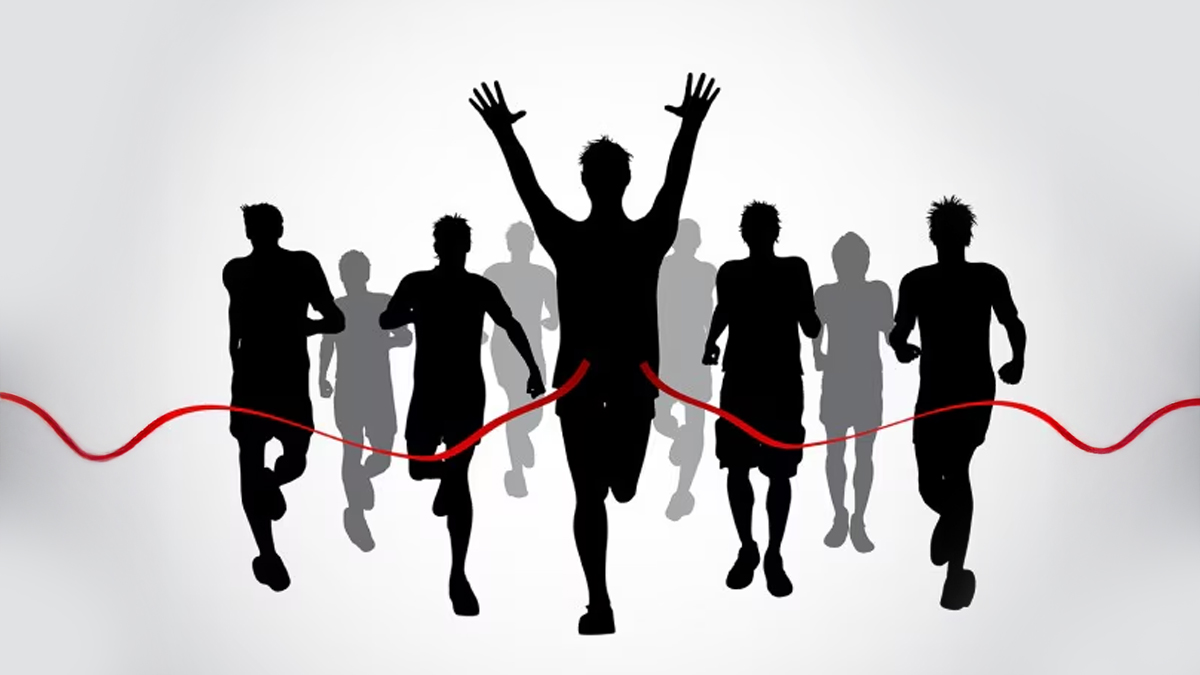
When you go to the gym or for a sprint in the park, it feels like a regular part of life. Like, life must have always been this way. People lifting weights to gain muscle and running on a treadmill to lose weight. Needless to say, it was. The early man must have been very fit but not because of a gym membership, but because he had to hunt animals for a living and live in a cave. But when did he start thinking about his fitness as a tangible entity? And how did it evolve to what it is today? Let’s dive into history and find out.
Table of Content:-
The Cave Man’s Hunt
In ancient history, tribes typically went out on one or two-day hunting excursions for food and water. Not only did regular physical activity outside of hunting and gathering constitute the bulk of a person's life, but successful hunting expeditions would often conclude with celebratory travel expeditions of 6-20 miles to neighboring tribes, to visit friends and family.
Ancient China And India (5000 Years Ago)
In ancient China, philosophy promoted by the famous philosopher Confucius emphasised regular physical exercise. It was acknowledged that certain diseases (referred to as absence of functions and described similar to heart disease and diabetes) could be prevented through regular fitness and exercise. Therefore Kung Fu gymnastics was born.
Also Read: How Khushi Kapoor Nails Pilates Workouts? Here Are 5 Benefits Of The Core Workout

Around the similar period in India, an exercise similar to Chinese Kung Fu gymnastics was created and called Yoga. While its exact origin remains unclear, Yoga has existed for (at least) the past 5000 years. Yoga means union, and is one of the classic systems of Hindu philosophy trying to unify, and personally develop the body, mind, and spirit. The Yoga system was developed by Hindu priests living a poverty driven materially frugal lifestyle, living & working by strict discipline and meditation.
The Middle East (3500 Years Ago)
Early political and military leaders of early civilizations, like Assyria, Babylonia, Egypt, Palestine, Persia, and Syria, recognised the importance of fitness not only to the efficiency and performance of their military forces, but were advocates of fitness throughout the respective societies. Perhaps the most noted civilization that utilised fitness within its city-state system of politics, militarily, is the Persian Empire. The Persian political leaders dictated rigid levels of physical fitness for the military and the masses.
The Athiens (3000 Years Ago)
Perhaps no other civilization put so much emphasis on fitness than ancient Greece. The idealism of physical perfection was an ideal that surrounded ancient Greek civilization. The respect for the beauty of the body and the importance of health and fitness throughout society is one that has not been matched in our history. The Greeks valued the development of the body as much as they did the development of their mind. To be physically healthy, one needs to be mentally healthy, and to be mentally healthy one must have a strong and healthy body. Many of the early doctors or practitioners of medicine played a role in the early evolution of fitness in ancient Greece, figures like Herodicus and Hippocrates helped advance fitness.
Also Read: Is Your Heart Fit Enough For Your Workout? The Risks Most Indians Overlook

The Renaissance (600 Years Ago)
Following the Dark and Middle Ages, the rebirth of cultural learning from the ancient Greek and Roman civilizations gave rise to the Renaissance. Accompanying this time period was a renewed interest in the human body. Once again, the ancient Greek ideals, which glorified the human body, gained widespread acceptance. Many individuals, including Martin Luther (religious leader), John Locke (philosopher), Vittorino da Feltra, John Comenius, and Richard Mulcaster (physical educators) maintained that high fitness levels enhanced intellectual learning.
The Beginning Of Commercial Fitness (200-300 Years Ago)
Following the Renaissance period, continental Europe experienced a multitude of cultural changes. Fitness continued to be relevant and remained a part of the original Renaissance spirit. Physical education programs grew throughout the emerging nations of Europe. A strong sense of nationalism and independence fostered the environment for the first modern fitness movement, which came in the form of gymnastics programming. Gymnastics was immensely popular during this era becoming especially prevalent in Germany, Denmark, Sweden, and Great Britain.
Also watch this video
How we keep this article up to date:
We work with experts and keep a close eye on the latest in health and wellness. Whenever there is a new research or helpful information, we update our articles with accurate and useful advice.
Current Version
